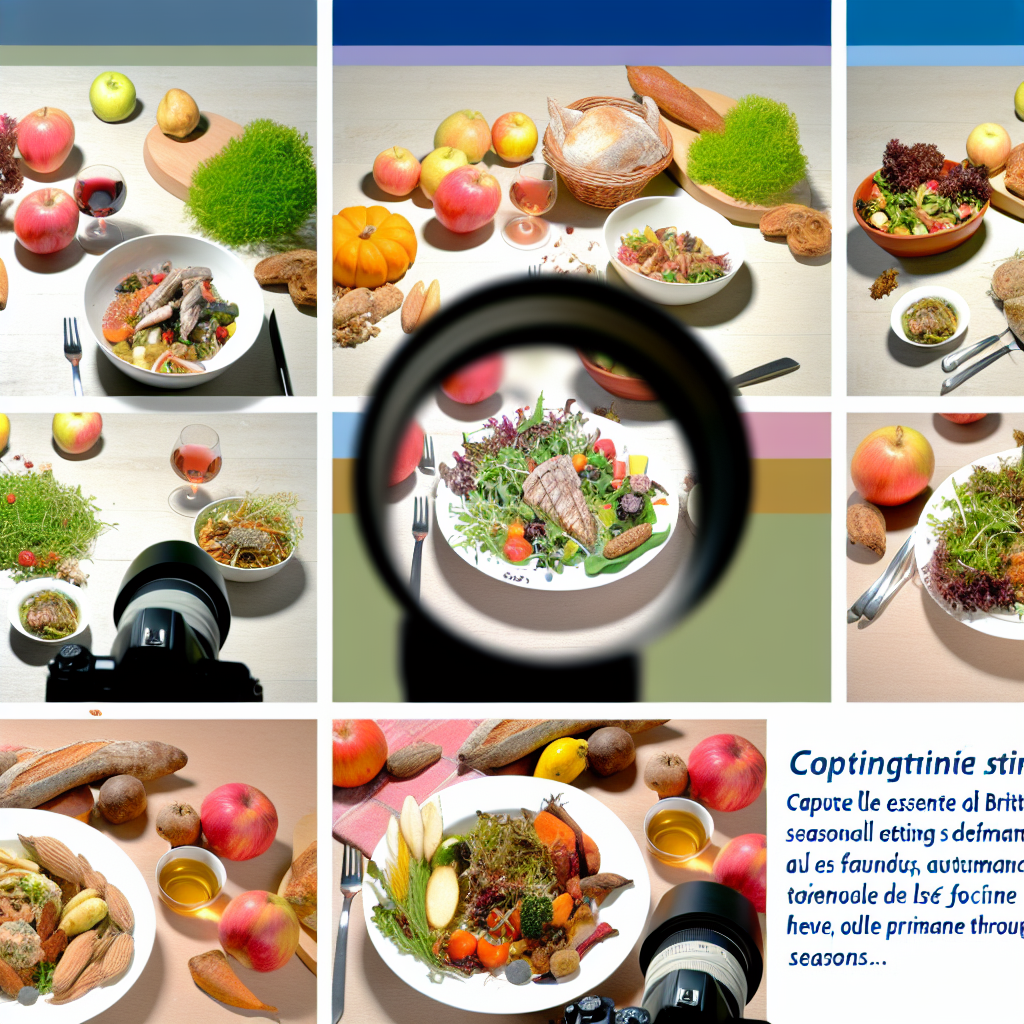In the heart of Brittany, where rolling hills meet the rugged coastline, a dish has been simmering in farmhouse kitchens for generations. Kig Ha Farz, which translates to “meat and far” in Breton, is more than just a meal—it’s a testament to the resourcefulness and culinary ingenuity of our ancestors. At Ty An Heol, we’re proud to offer our own interpretation of this beloved dish, honoring tradition while embracing our commitment to sustainability and local sourcing.
The Origins of Kig Ha Farz
Kig Ha Farz has its roots in the rural communities of Léon, in northwestern Brittany. This hearty dish was born out of necessity, designed to fuel farmers through long days of physical labor. It traditionally consists of various meats slowly simmered with vegetables, accompanied by a dense buckwheat dumpling known as “farz.”
The beauty of Kig Ha Farz lies in its simplicity and adaptability. In the past, families would use whatever meats and vegetables were available, making it a true farmhouse dish that changed with the seasons and the fortunes of those who prepared it.
Deconstructing the Dish
To truly appreciate Kig Ha Farz, let’s break down its components:
- The Broth (Kig): A rich, flavorful broth made by slowly simmering various meats. Traditionally, this might include beef, pork, and sometimes a small amount of lamb or veal.
- The Vegetables: Carrots, onions, leeks, and sometimes turnips or potatoes are common additions, providing flavor, nutrition, and substance to the broth.
- The Farz: This is what sets Kig Ha Farz apart. The farz is a dense dumpling made primarily from buckwheat flour, eggs, and milk or water. It’s cooked in a cloth bag (called a “sac’h” in Breton) directly in the broth, absorbing the flavors as it cooks.
- Lipig: A sauce made from the broth, enriched with butter and sometimes cream, served alongside the dish.
Ty An Heol’s Sustainable Spin
At Ty An Heol, we’ve embraced the spirit of Kig Ha Farz while adapting it to align with our sustainable and locally-focused philosophy. Here’s how we’ve put our own twist on this classic:
- Locally Sourced Meats: We work with small-scale, ethical farmers in the region to source our meats. Our beef comes from grass-fed cattle raised on nearby pastures, while our pork is from heritage breed pigs raised in forest-based systems.
- Seasonal, Organic Vegetables: Our vegetables change with the seasons, always organic and sourced from farms within a 50-kilometer radius. In late summer, you might find sweet corn and tomatoes in your Kig Ha Farz; in winter, hearty root vegetables take center stage.
- Heritage Grains: For our farz, we use organic buckwheat flour milled from heritage varieties grown right here in Brittany. This not only supports local farmers but also helps preserve biodiversity.
- Waste Reduction: We use every part of the animals and vegetables in our Kig Ha Farz. Bones and vegetable trimmings go into making our rich broth, while any leftover meats or vegetables are repurposed in other dishes.
- Eco-Friendly Packaging: For our takeaway option, we serve Kig Ha Farz in reusable, deposit-system containers, reducing single-use packaging waste.
A Meal with Meaning
When you order Kig Ha Farz at Ty An Heol, you’re not just enjoying a delicious meal—you’re participating in a centuries-old tradition, supporting local farmers and producers, and contributing to a more sustainable food system.
Each spoonful tells a story: of the Breton farmers who developed this nourishing dish, of the local producers who grew and raised its ingredients, and of our commitment to honoring tradition while looking towards a sustainable future.
We invite you to experience Kig Ha Farz for yourself. Whether you’re a long-time fan of Breton cuisine or new to the flavors of our region, this dish offers a true taste of Brittany—with a side of sustainability.
Kig Ha Farz is featured on our menu every Thursday. Reservations are recommended, as this popular dish often sells out quickly!
Have you tried Kig Ha Farz before? We’d love to hear about your experience or your family’s own version of this classic dish. Share your stories in the comments below, or better yet, tell us in person on your next visit to Ty An Heol.




